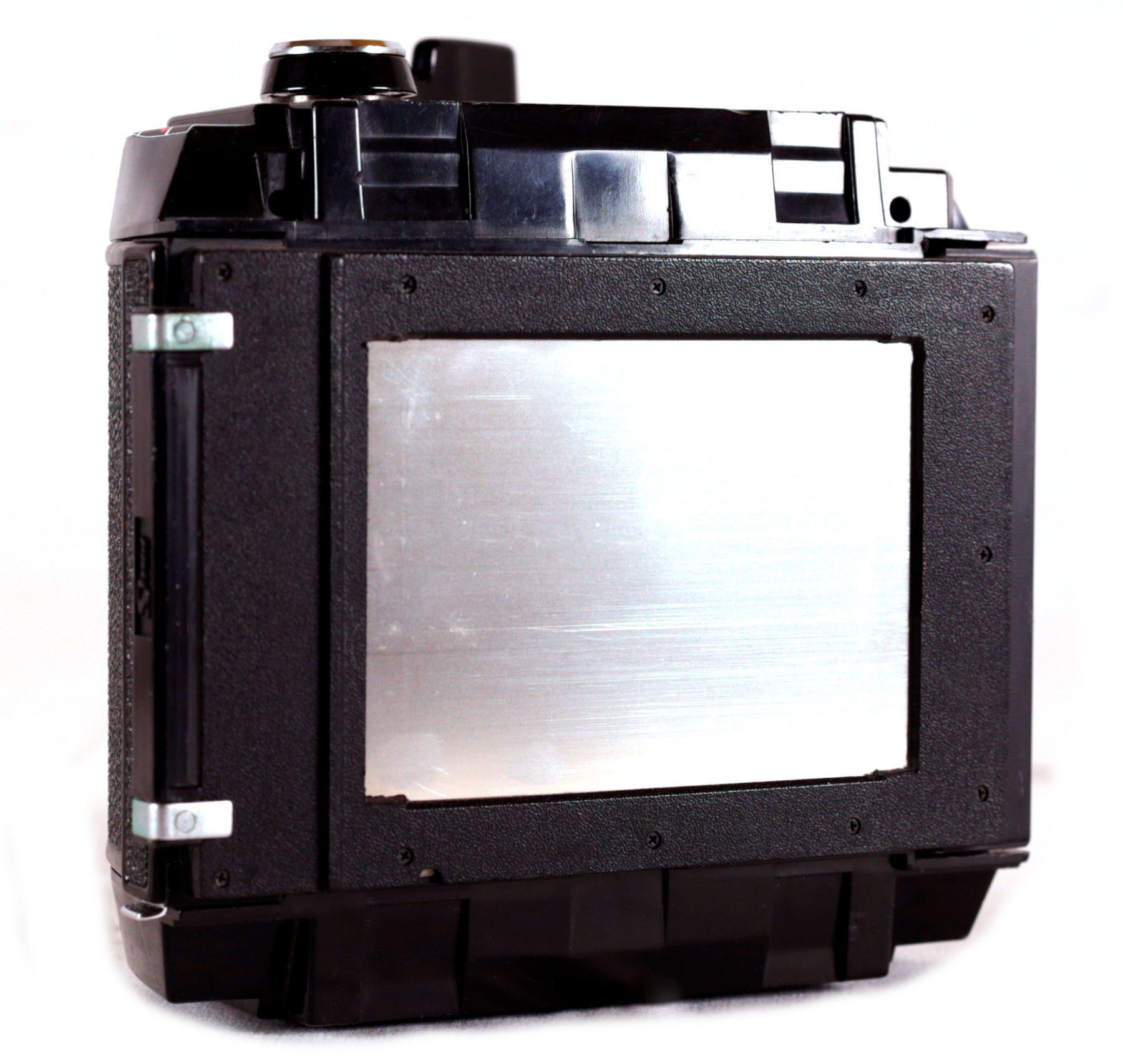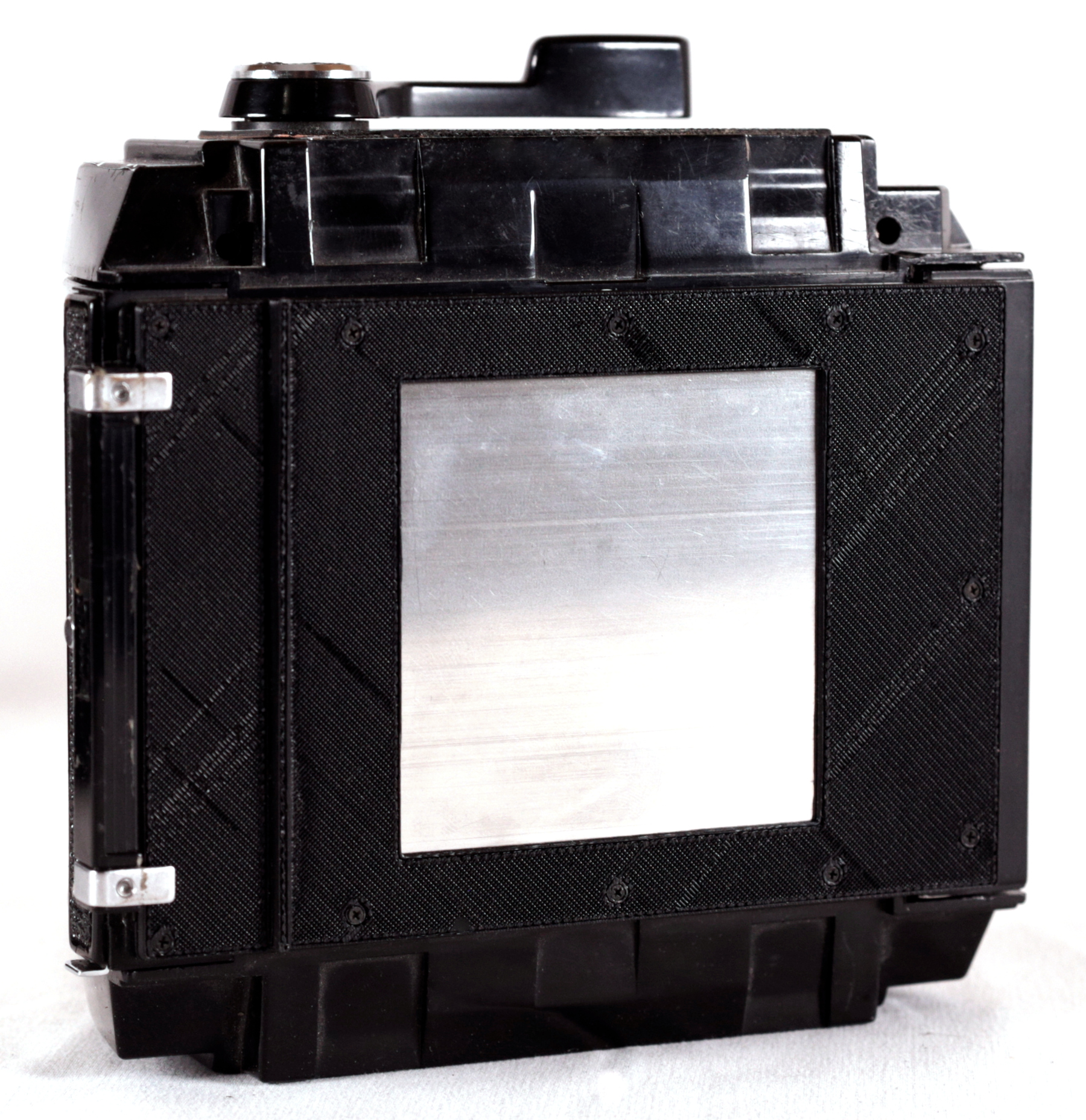Graflex Combat Graphic KE-4
This is, as far as I know, the only camera without a removable back designed to take 70mm film (and only 70mm film).
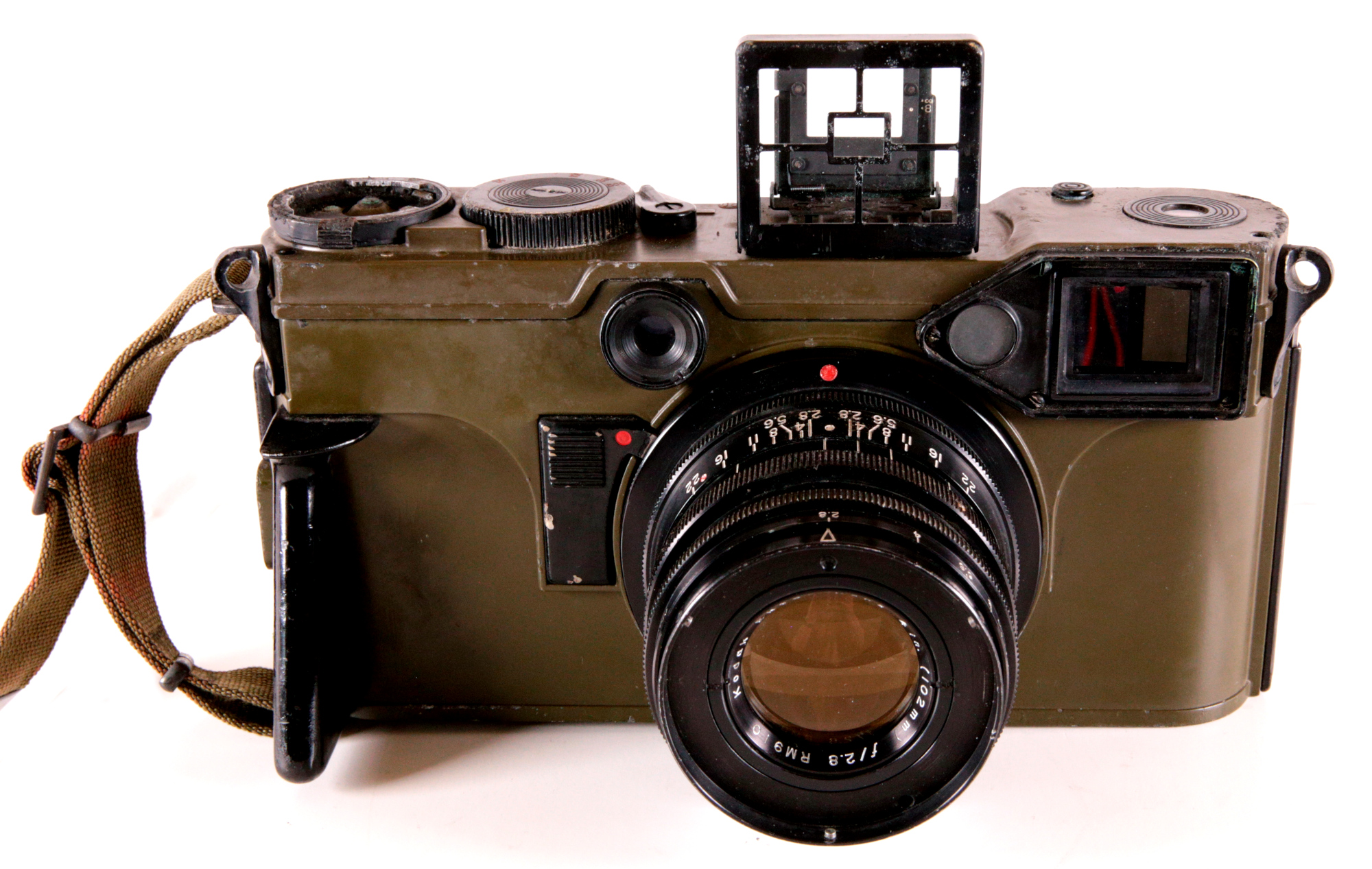
It was produced by Graflex for the U.S. Army between 1953 and 1957. Very few are in working condition today, and it is not recommended for general photography. I cover it in depth in the History page.
Beattie Coleman Transet Back
The first removable 70mm film back on the market (sometime in the 1950s) is a unique, heavy beast! It is a Graflok 45 back, and thus retains compatibility with most large format cameras, then and now. It shoots a 6x7cm frame and is designed for portraits.
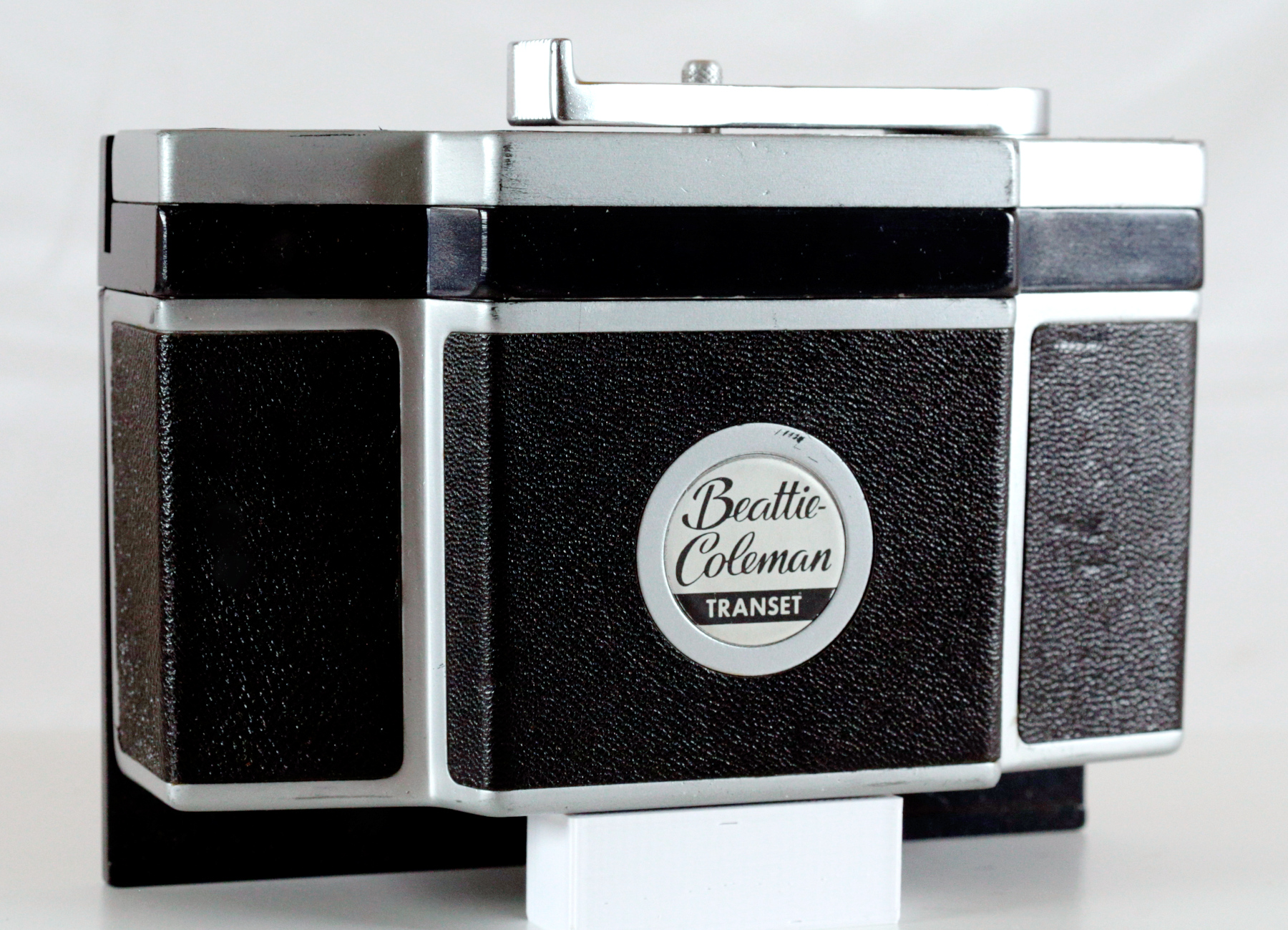
Beattie Coleman’s specialty was portrait photography, and this was their first 70mm entry, long before their Portronic line of portrait cameras (see History for details on the Portronic).
The back is designed so that the aperture could be expanded with a different back plate, but no other plates were ever actually released, so all unmodified backs in existence are 6x7.
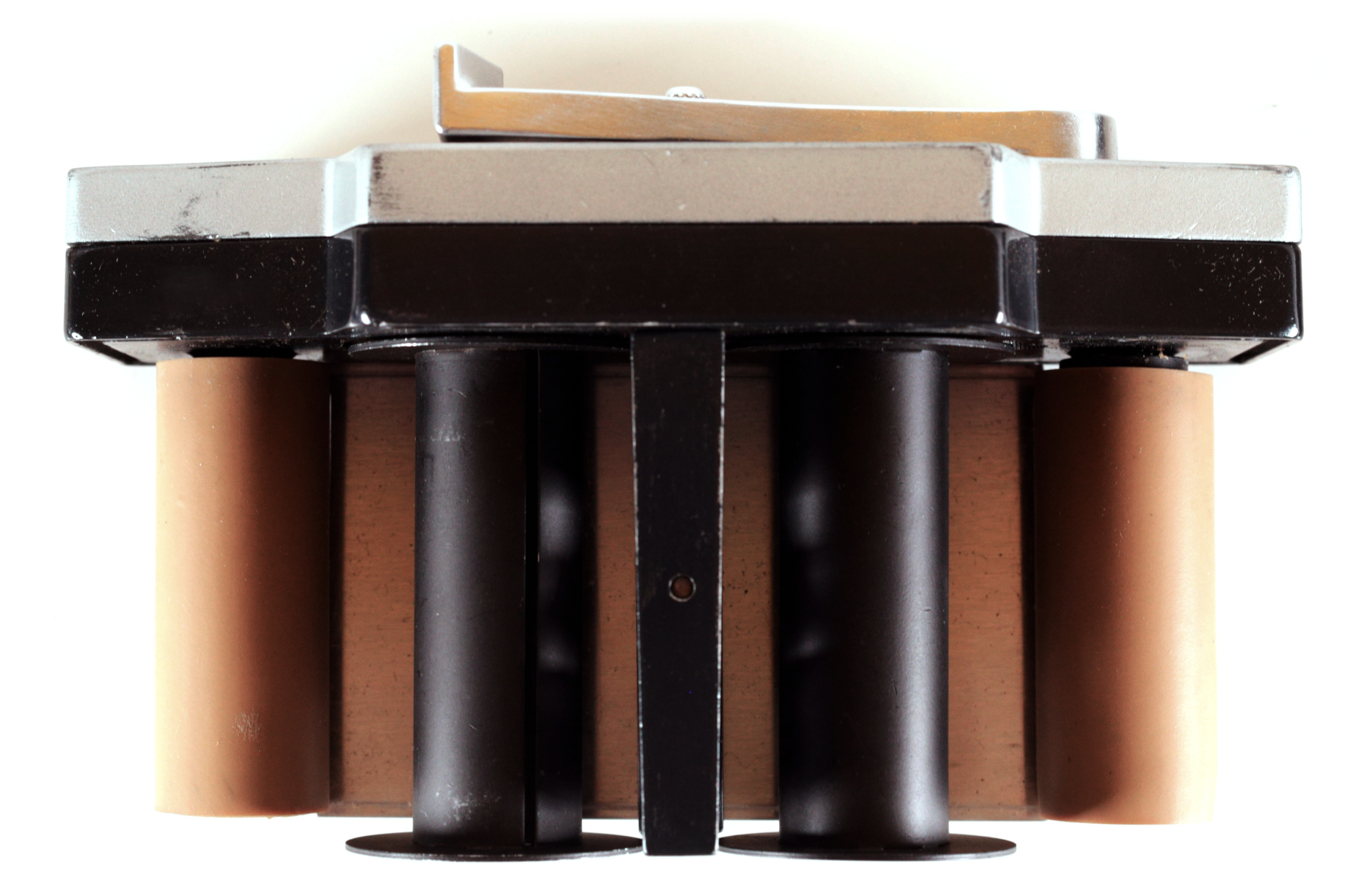
The back is loaded and unloaded by unscrewing the insert (bottom) from the shell (top). Unlike all other 70mm backs, however, the Transet doesn’t accept Kodak’s industry standard cassettes. Instead, the back comes with two removable metal spools. Thus while this back will work on a variety of modern cameras, it requires specially spooled reels to use. And these are not daylight loadable like 70mm cassettes.
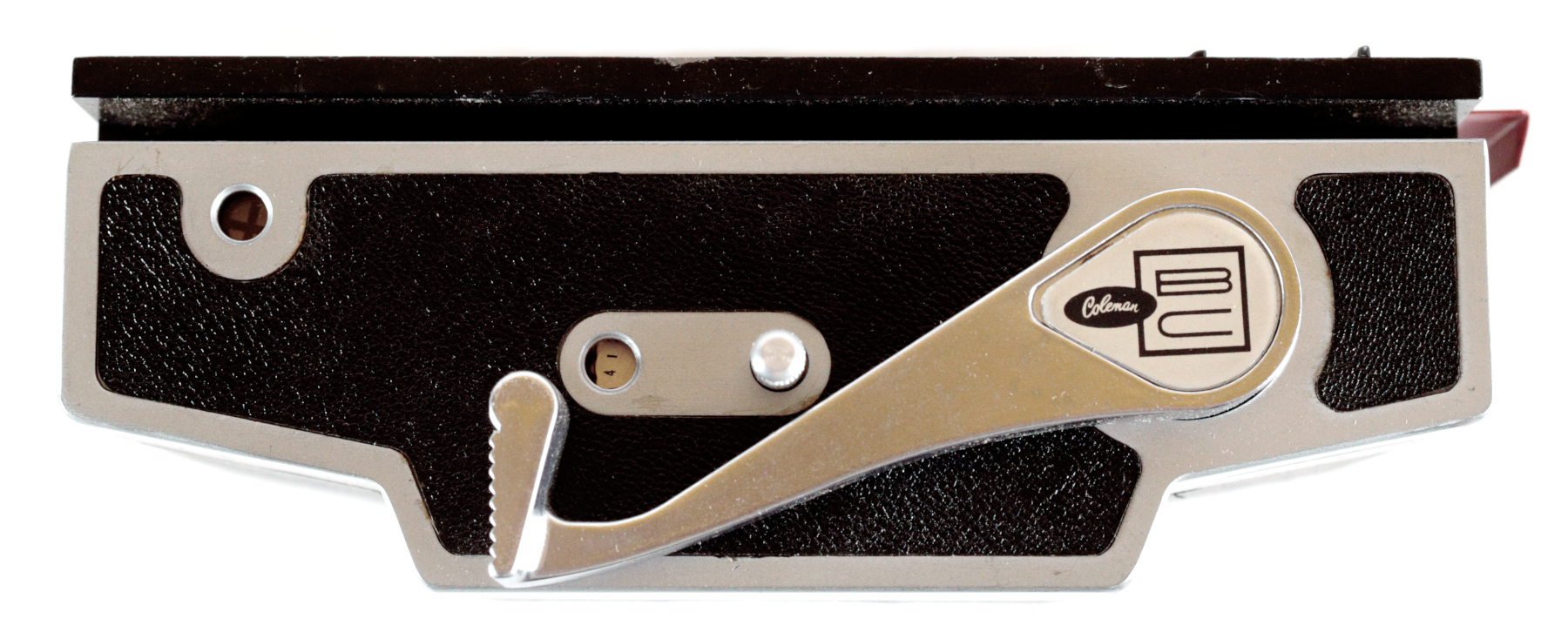
These limitations, along with the great weight of the back, make it far less practical than the Graflex and Linhof options listed below.
Graflex RH50
Graflex's RH50 is a beautifully designed Graflok 45 back that accepts two standard 70mm cassettes (one feed and one takeup). It is easy to load, has a fantastic winding lever, a decent film counter (just don't forget to reset it when loading a new cassette!), and a film advance indicator. This latter is extremely useful to let you know that you loaded it properly, everything is working, and that you still have film left.
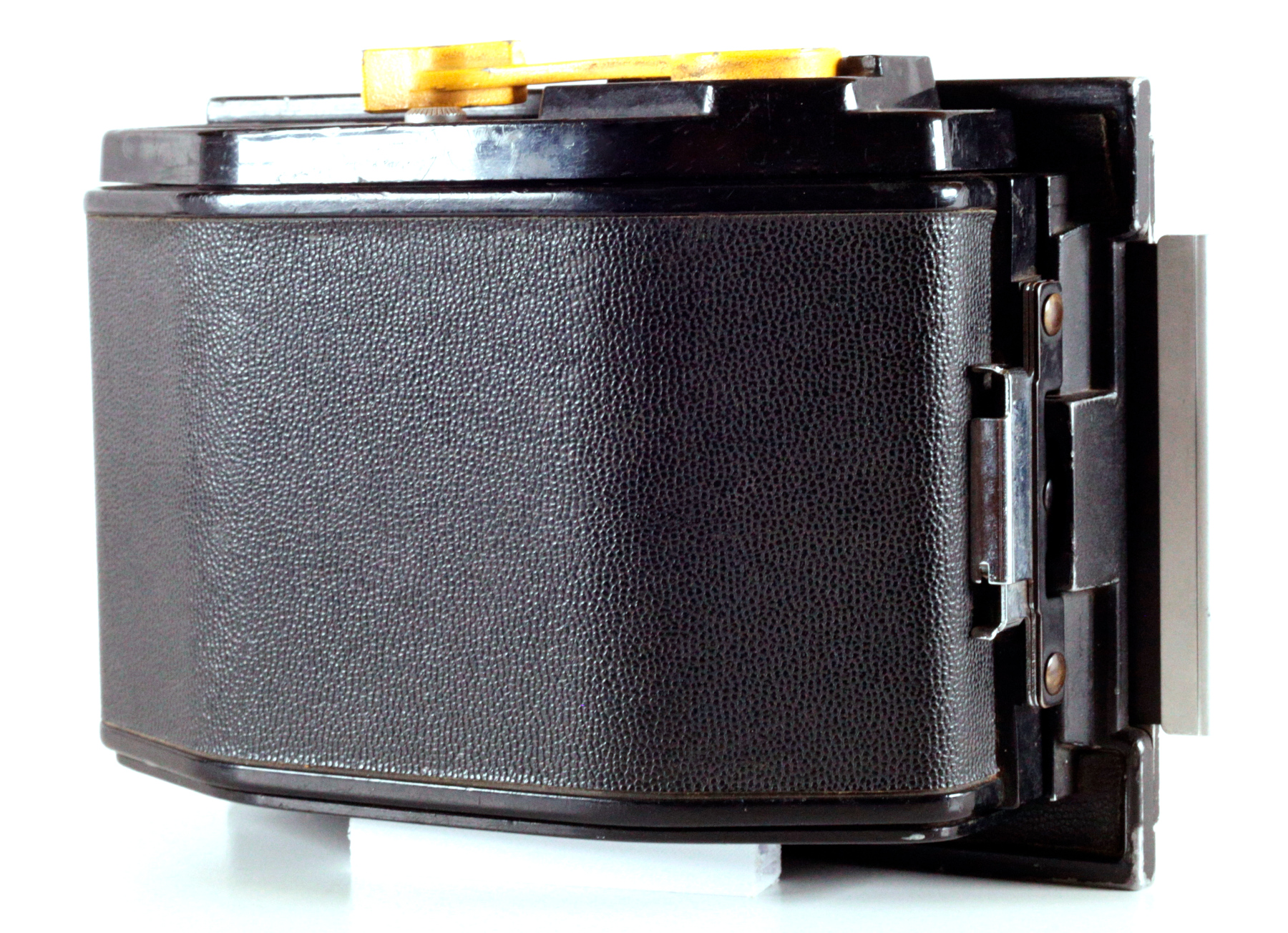
This back is convertible between standard Graflok 45 mount and a proprietary Graflex XL mount. The latter is for Graflex’s 1965 medium format rangefinder camera system. Unlike their earlier Combat Graphic 70 camera, this system had removable backs and could thus accept 120, 220, and 70mm backs.
To convert the RH50 from XL to Graflok 45, you only need to remove four screws and the XL mount. Underneath is a vanilla Graflok 45 mount. Given the size of the back, it makes much more sense to mount on a large format camera. Nonetheless, many (if not most) RH50s were produced for the XL system, given that the back exposes a 6x7 frame suited to medium format cameras more than large format ones.
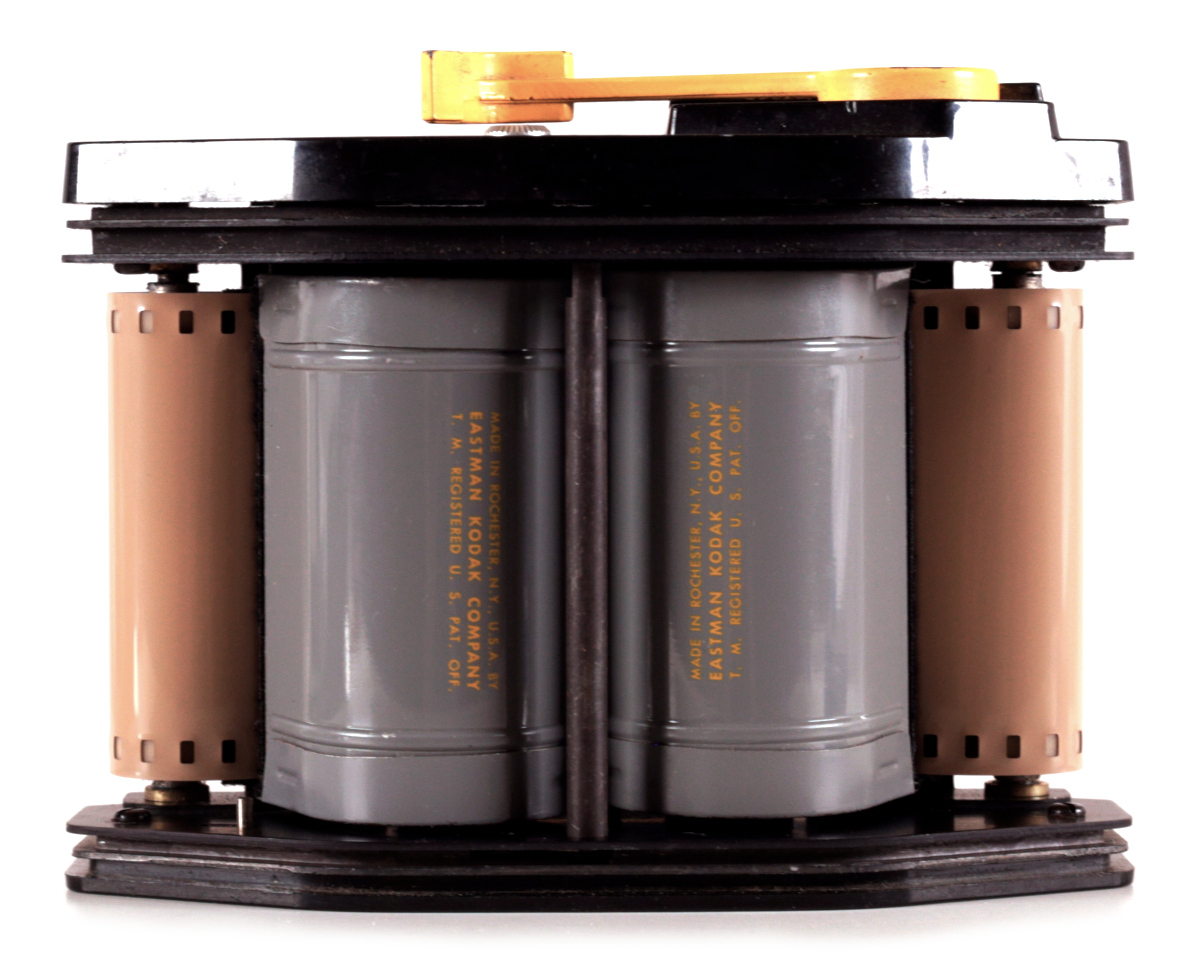
One disadvantage of this back is that it originally contained a strip of foam (which helps line up the cassettes with the bottom door of the back) that hardens and disintegrates over the decades. To use this back today you must do a bit of refurbishing to completely remove all residue from the foam and replace it with something new such as synthetic weather stripping.
For film loading instructions, check out this how-to guide!
Mercury 65mm/70mm Panoramic Back
To obtain the full potential of the RH50, Mercury Works developed a way to machine and re-engineer it to full 6x12 format. Now you can make full use of the large format camera you mount this on, to take a panoramic image or a stereo pair on a Mercury Stereo camera. You can shoot approximately 35 of these on one 15ft load of 70mm film, or 32 on a 13ft load of 65mm film.
This back can be purchased here!
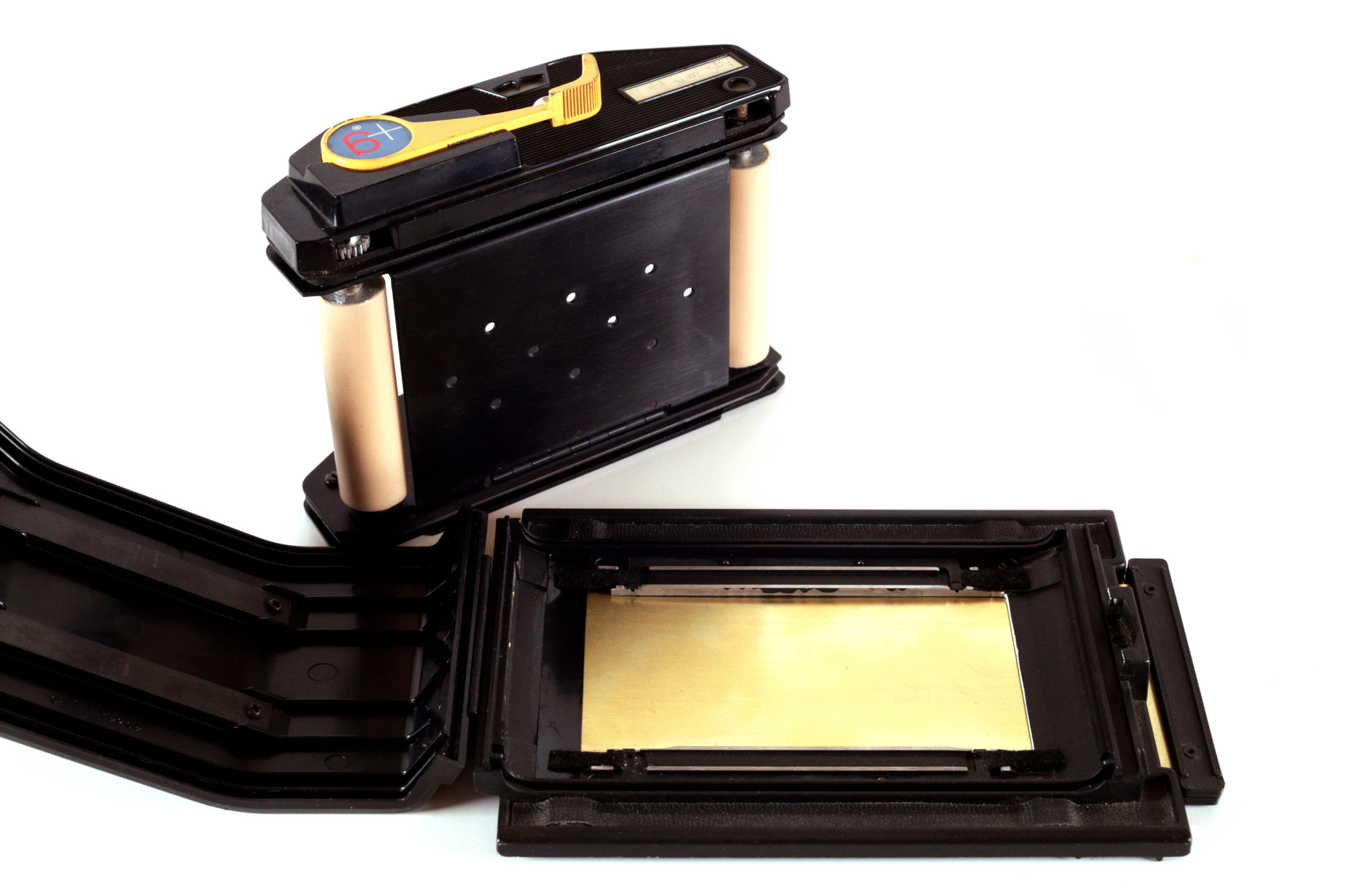
This video demonstrates why we call this our "Superback":
Linhof Cine Rollex
The Linhof Cine Rollex is the classiest 70mm back ever developed. It is a work of art! Like the Transet and RH50 backs, it utilizes the Graflok 45 mount and is thus compatible with an enormous number of large format cameras. Designed for portraits, it too shoots 6x7.
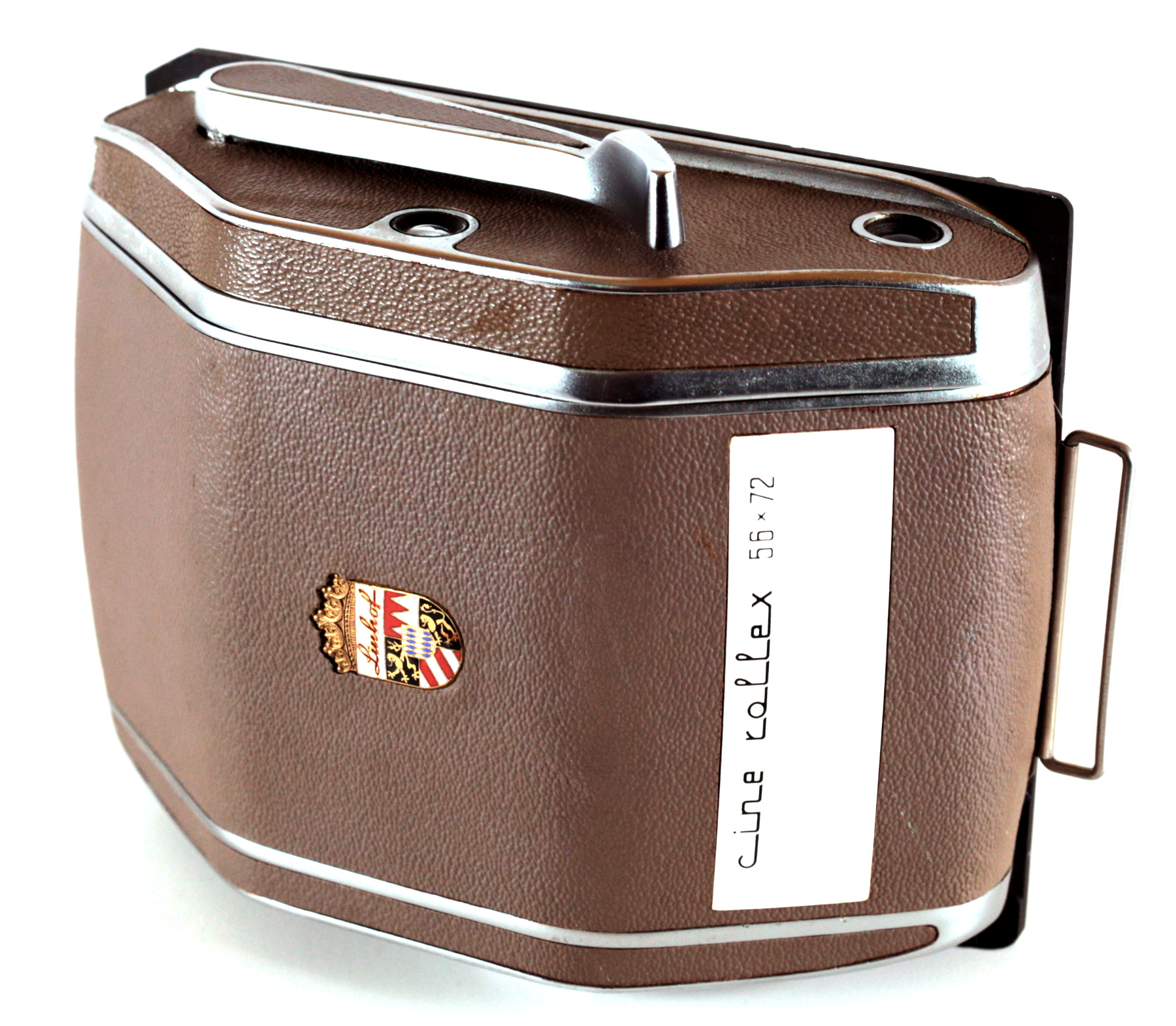
It is loaded and unloaded by detaching the top insert from the bottom shell. Like Hasselblad 70mm backs it utilizes a quick release to accomplish this. The back is easy to load and unload and contains a nice spooling diagram and a snap-up cassette pressure plate that doesn’t get in the way during loading.
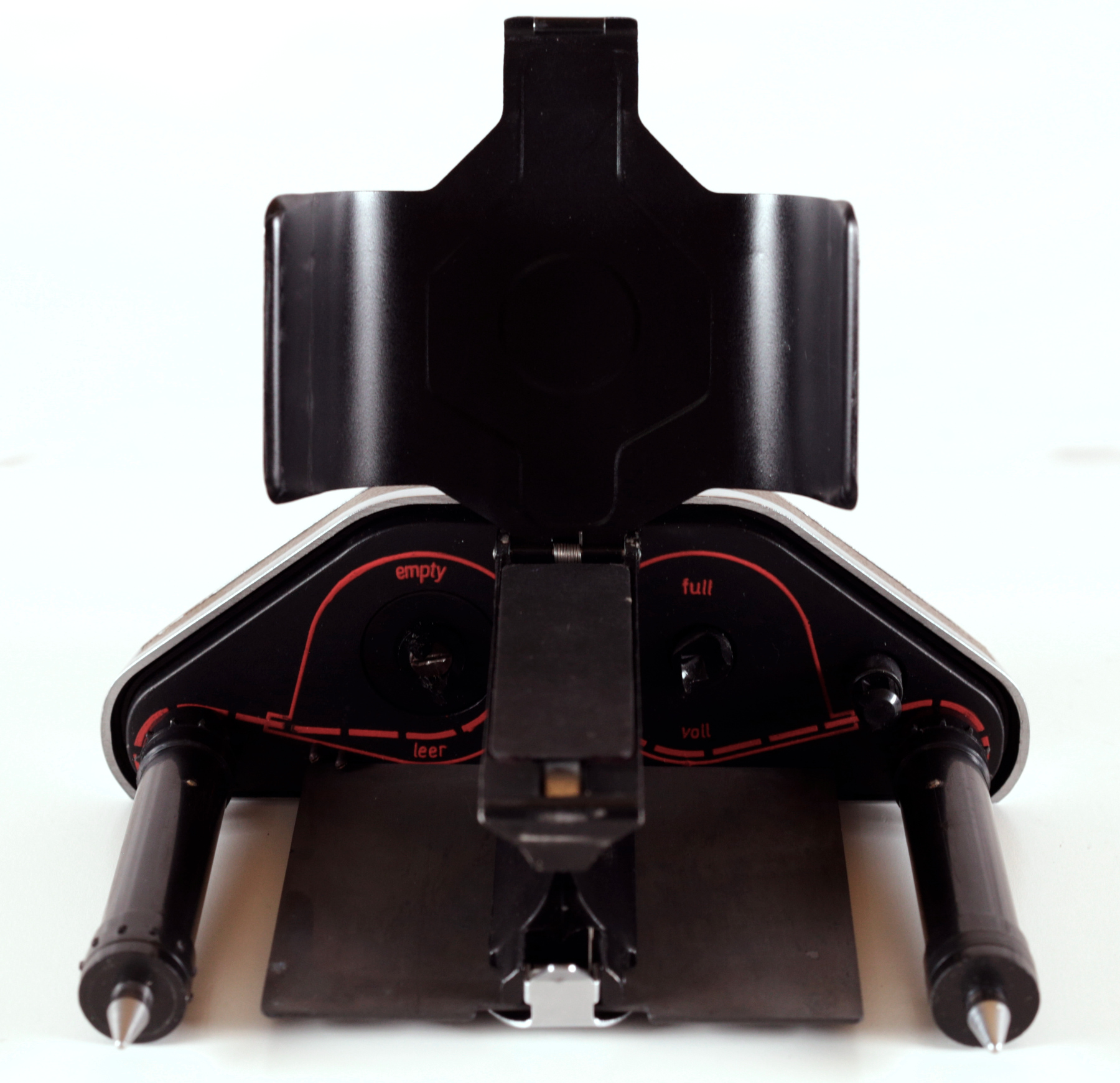
This back is made out of solid metal and is fairly heavy, though not as heavy as the Transet.
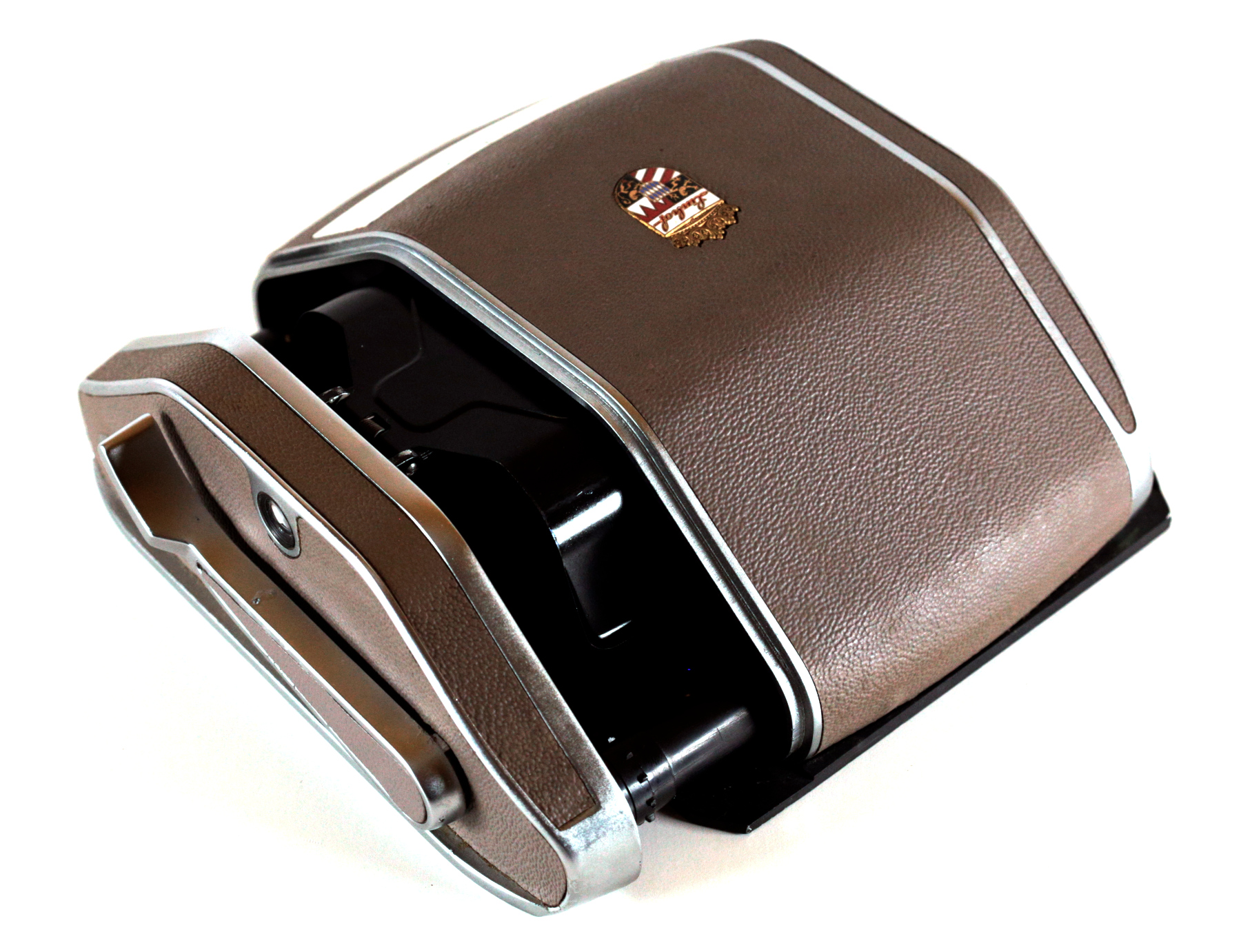
This back was designed to only accept Type II perforated film. However, it can be very effectively converted to all-perf operation using our guide. After this conversion you can shoot 65mm film as well as 70mm perf and unperf film.
Mamiya RB67 70mm Back
My vote for the best 70mm back ever built. Mamiya had perfected their line of RB-67 Pro-S backs at the time this was released in 1975. The back is slightly wider, taller, and deeper than a standard 120 Pro-S back, but it nonetheless packs full 70mm firepower into a very reasonable form factor (especially compared to the large format backs listed above) without sacrificing ease of loading or use (unlike others listed below). The back is designed for a 6x7 frame. It is easy to use, and as a bonus, includes a handy diagram inside for loading, making it easier to orient your cassettes correctly (see our loading guide here).
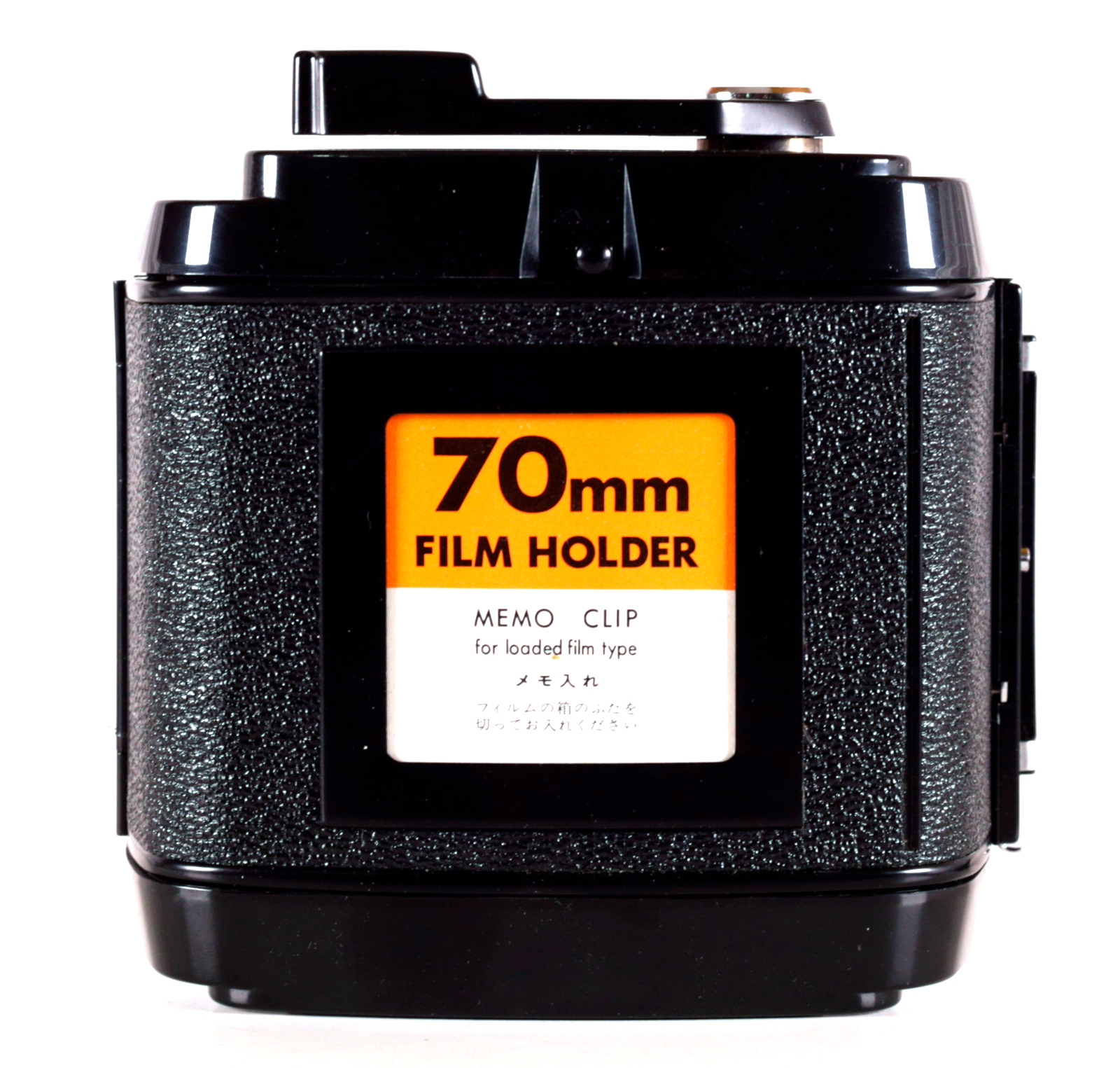
Amazingly, this back also includes a feature not found on any other Mamiya RB67 back, or any other 70mm back: an optional vacuum system. When you connect a bulb and tube to the back, you can create a vacuum inside the back that pulls the film against the backing plate, making it perfectly flat, to combat film curl. As Mamiya notes in the instructions, film curl is often the result of film sitting in a back for a long time. The film gains a memory of its curl around the rollers in the back, and when you advance it, that curl can end up in the middle of your frame. Mamiya recommends that you use the vacuum system for the second shot after the film has sat in the back for a long time. In practice, I've never noticed any significant curl to film that has sat in a back for a long time. And this is not a problem exclusive to 70mm film; Mamiya's assumption is that since you get so few shots on a 120 roll, you probably shoot the whole roll in one session, whereas you get so many shots from a 70mm roll that it is likely to sit between multiple sessions without being unloaded.
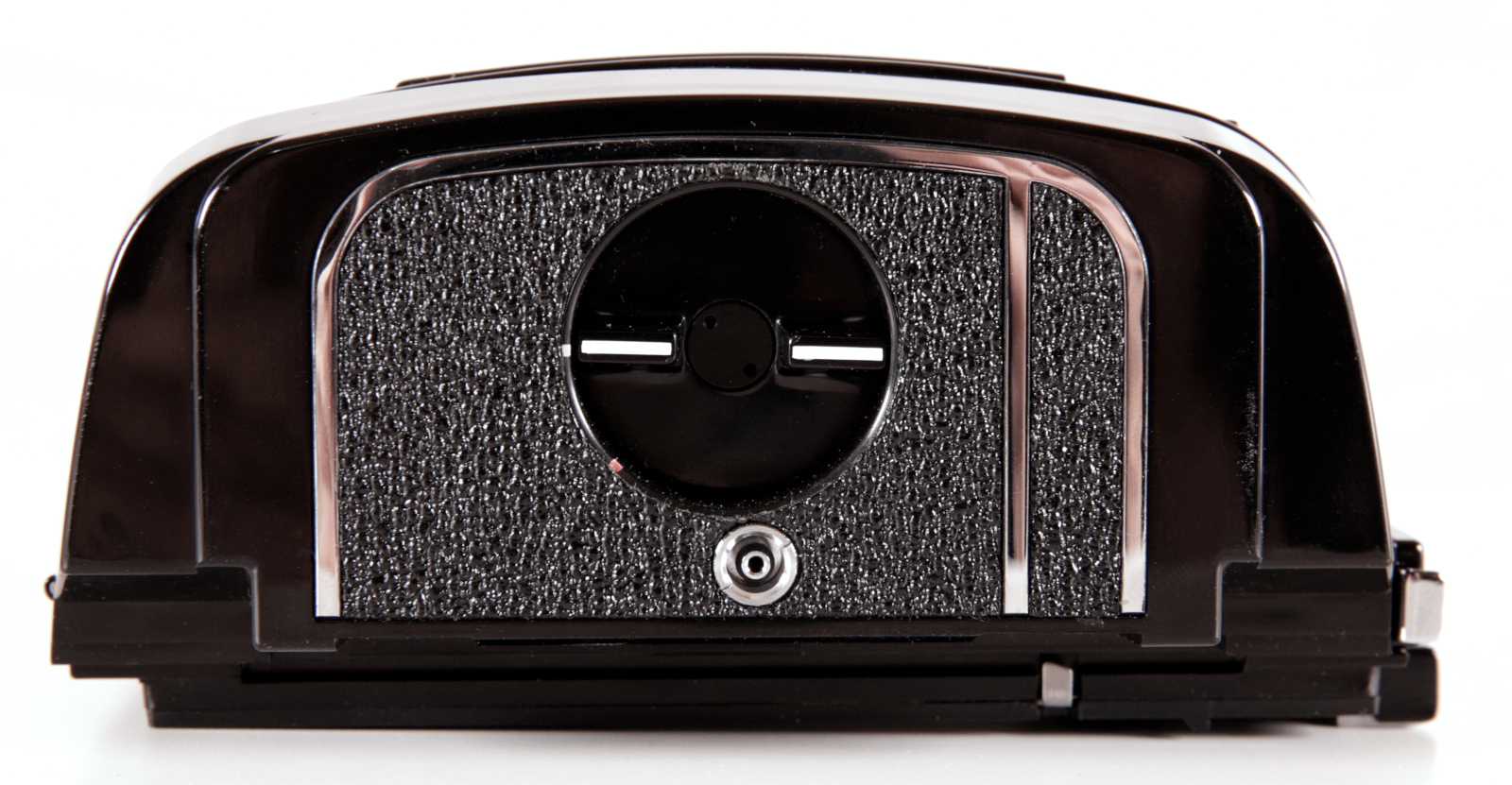
Vacuum tube attachment point for Mamiya RB67 70mm back
Though I've seen no need to use the vacuum system, this does demonstrate the extent to which Mamiya engineers went to create the perfect 70mm back. When Mamiya created their new range of RB-67 backs in the 1980s (Pro-SD), they couldn't improve on this back, and simply continued producing it even though it was from the Pro-S generation. This back remained for sale until Mamiya stopped production of the RB-67 system in 2008.
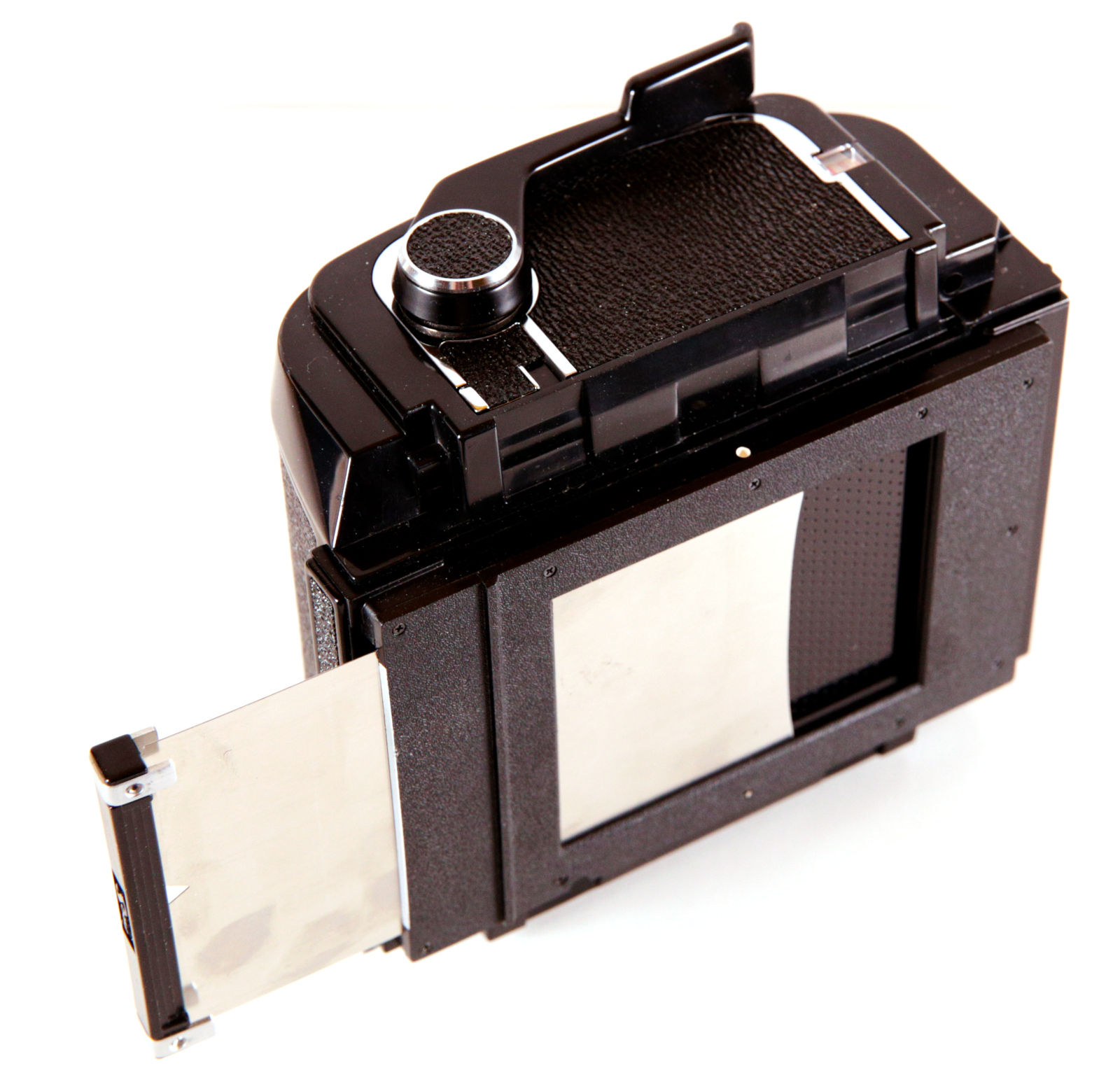
This back can be used on a Mamiya RB-67 camera (the “boat anchor”) or a very compact and lightweight Mercury camera.
The biggest limitation of this back is that it was designed to shoot only perforated film. It measures film advance (and thus locks the advance) via a sprocket. Not only will it not space its frames correctly with non-perfed film (which includes most portrait film), but it can even slip on thin perforated films, which are common with aerial stocks. Luckily, many years ago we developed and published a method of modifying this back to accept all forms of film. This is still the method we recommend today, and have created new, updated and illustrated instructions here.
Mercury Works has modified this back to shoot both 6x9 and 6x6 images, but all of these special backs have sold out. Our 6x9 version of this back is the largest 70mm frame you can use on a medium format camera! We still have a small batch of 6x7 modded backs that can readily accept 65mm film as well as all types of 70mm.
When we modify these add the ability to bypass the internal frame counting/locking mechanism. Frame advancing can be instead measured by ending the lever’s stroke at a printed line on the back (different lines are given for different portions of the film load). In practice this is quite easy.
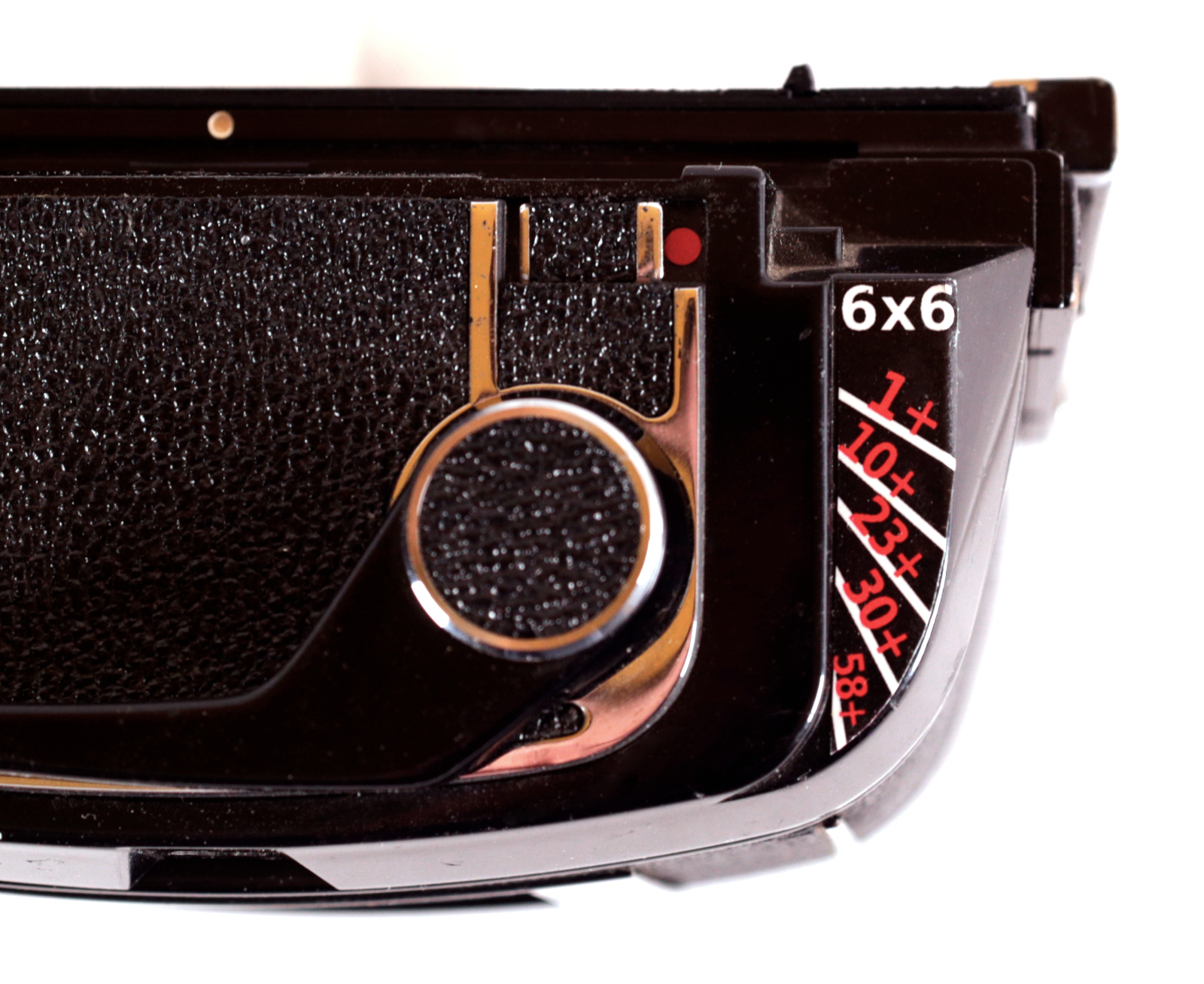
To modify your back to accept all perforations, follow our RB67 All Perf Mod guide.
For film loading instructions, check out this how-to guide!
Hasselblad A70
This back proved popular in the 1960s and 1970s with Hasselblad users, and has made a dramatic comeback since we first published this site! Designed for a 6x6 aperture, it is perhaps the most remarkably compact (for its format) of all 70mm backs. Unfortunately, it was designed using the insert method of the first generation of Hasselblad V backs, and retains all of the hassles associated with that type of back. These backs are easily damaged such that the insert won't easily detach from the shell, or the back won't advance correctly, or it will jam. None of these will be surprises to Hasselblad V users, but it should be noted that more force is required to advance the A70 than standard 120 backs.
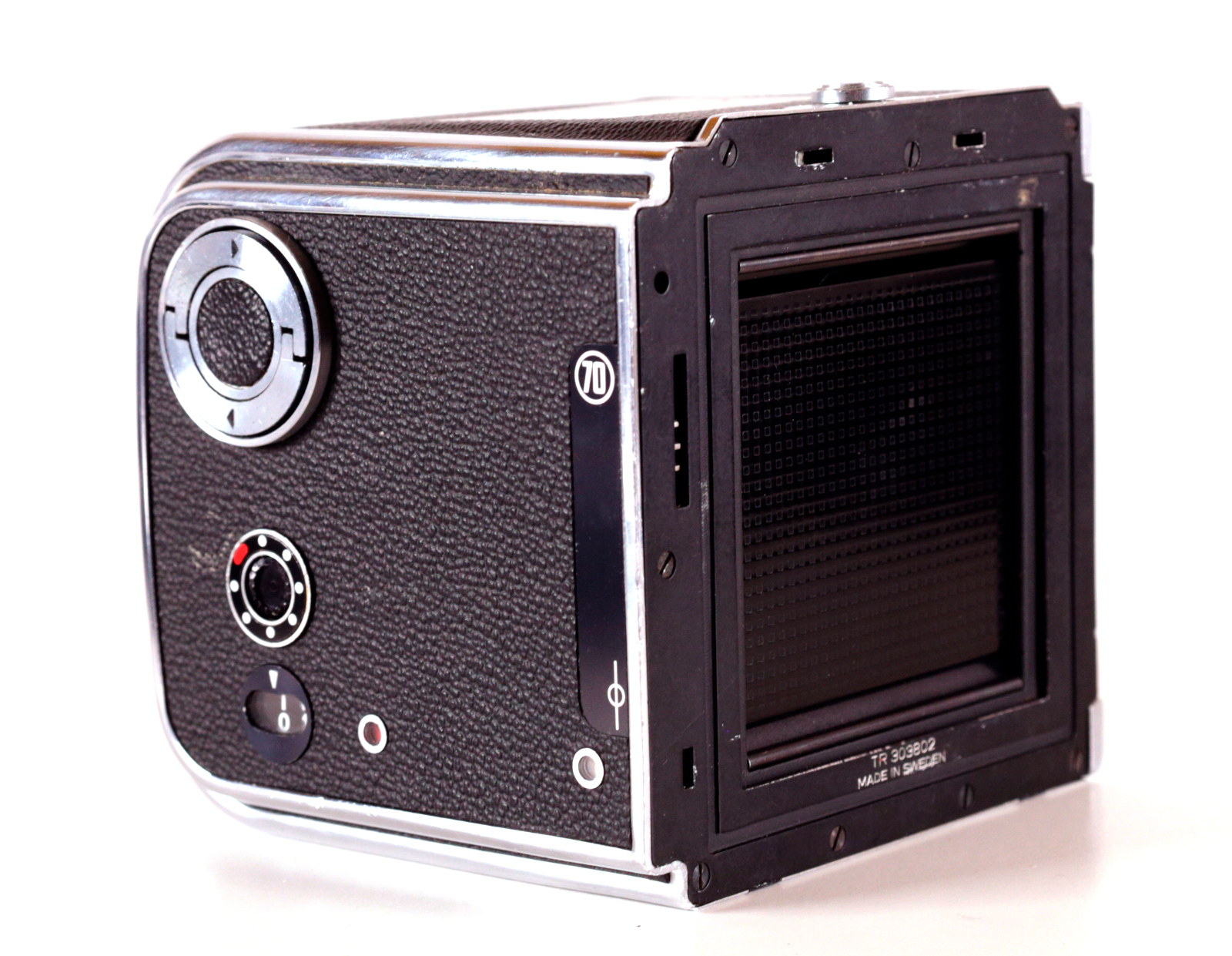
Like the Mamiya back, this one originally used a sprocket to measure film advance, and was thus compatible only with perforated (Type 2) film. To shoot with unperforated 70mm or 65mm, you must replace the sprocket with a specially designed wheel. Luckily, the A70 is designed in such a way that this replacement can be done in under a minute, with no permanent modification to the back.
All-perf wheels have been made by various machinists over the decades, but Mercury Works has released a new design that significantly improves film contact surface area, reducing the chances of slipping, even on A70 backs that haven't been recently CLA'd.
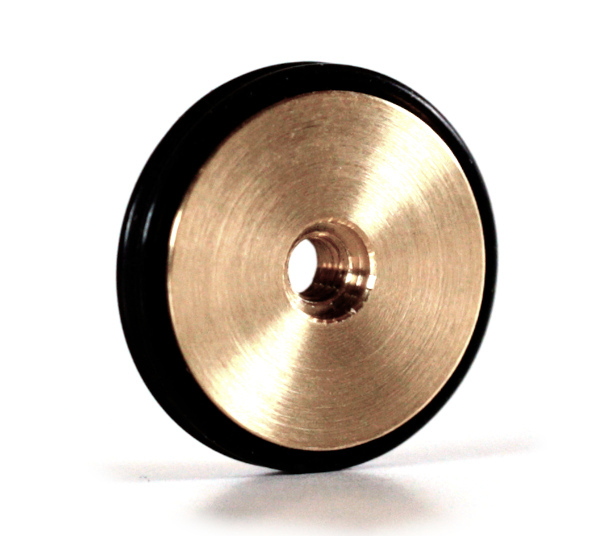
The Mercury all-perf wheel is inexpensive and can be purchased here.
To upgrade your back to accept all perforations, follow our Hasselblad All Perf guide.
For full upgrade, loadings, and shooting instructions, including using 65mm film, check out our comprehensive video:
How to Shoot 65mm and 70mm Film in your Hasselblad:
In addition to this popular back, Hasselblad also manufactured an enormous A500 version that accepted 100ft spools instead of 15ft cassettes, designed for studio portrait photography. It is practically useless today, unlike the A70.
Bronica 70mm ETR back
This back was developed in the 1980s for wedding photographers (Bronica’s specialty). It enables shooting an enormous number of photos on each film load: about 85! It is very rare today.
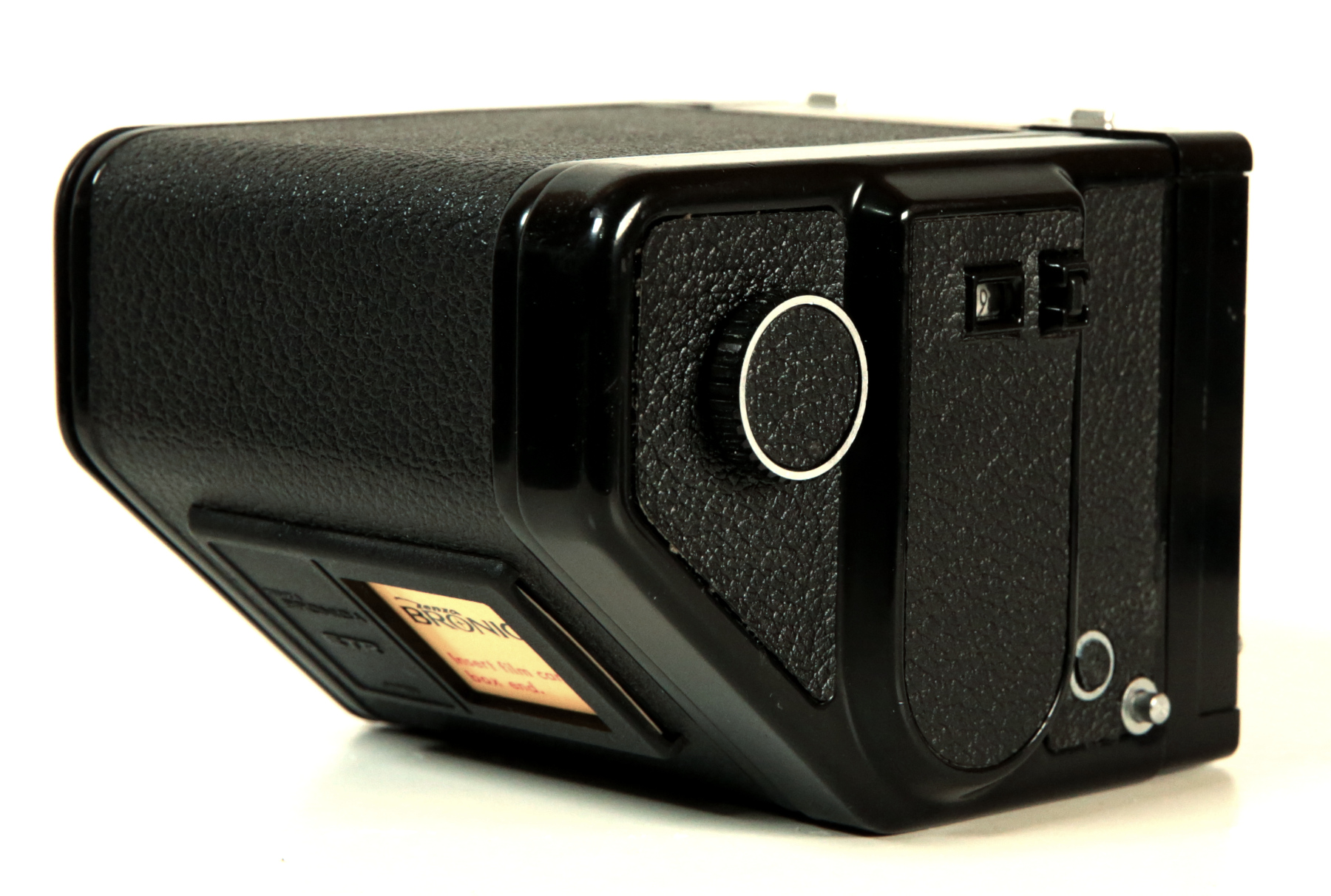
Bronica ETR 70mm back
This is an unusual back in several ways, as if in a parallel universe where no other 70mm backs existed. It is the only 70mm back ever made that includes no way to manually advance the film. Instead, it includes a winding knob that winds the film backwards, onto the feed spool! The former is a strange omission, but the latter is actually quite useful, as it allows you to take up slack in the film without wasting any on forward winding. Stranger yet, however, is that the frame advance mechanism, a sprocketed wheel, is located under the pressure plate rather than on a roller. This requires the film to maintain tight tension across the pressure plate at all times (hence the manual tension knob). In practice the back works fine, but is difficult to modify for all-perf.
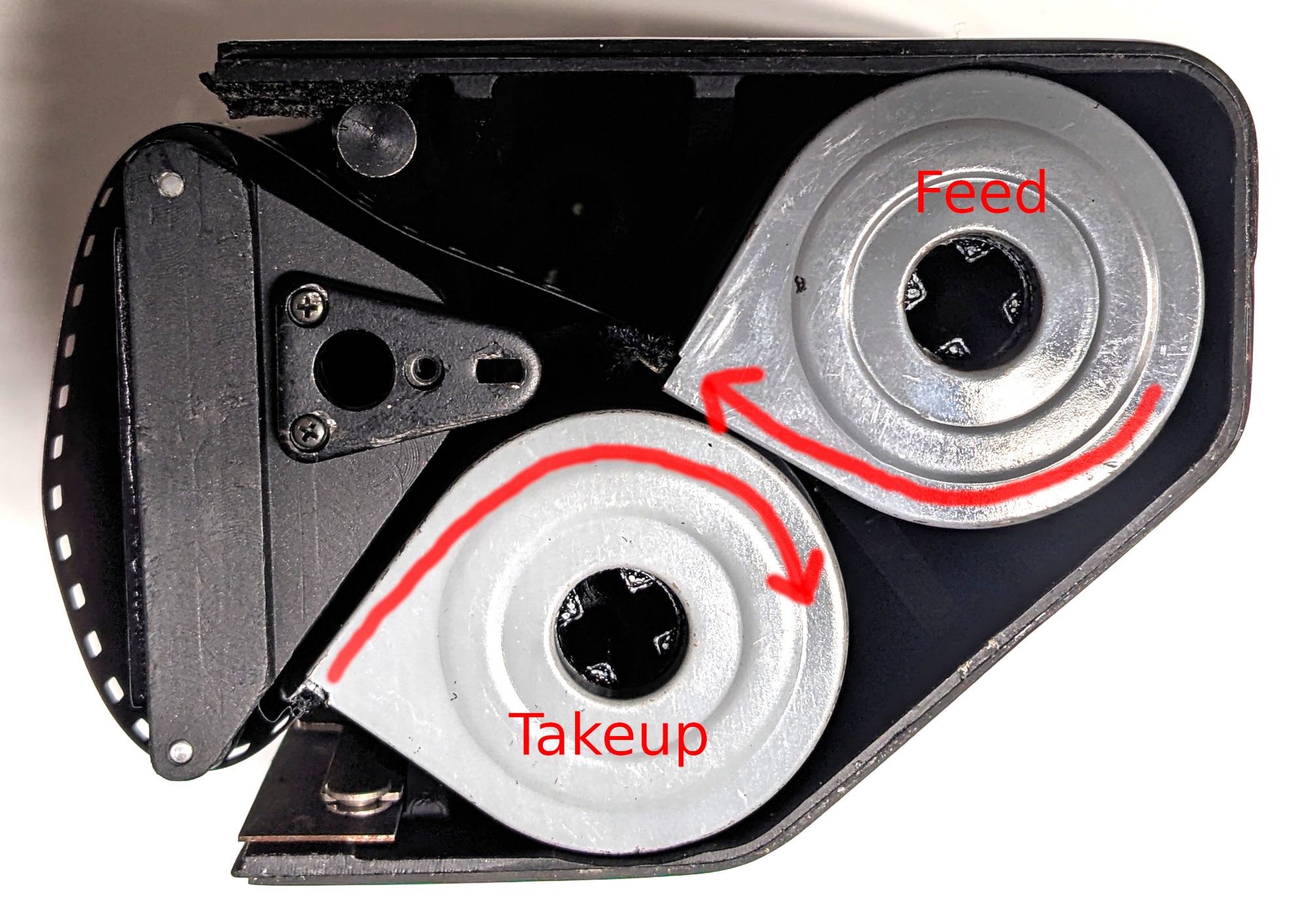
Bronica ETR 70mm loading diagram
Pentax 645 70mm Insert
Pentax released an interesting 70mm solution for their 645 camera line. Technically it is an "insert" rather than a "back" because it is not removable mid-roll (it contains no darkslide and inserts a ways into the camera body). It utilizes a highly offset cassette configuration. This is done in order to keep the back extremely compact in height, and has the effect of elongating it behind the camera. It thus necessitates the addition of an eyepiece extension for the camera body. This extension was originally packaged with the 70mm back.
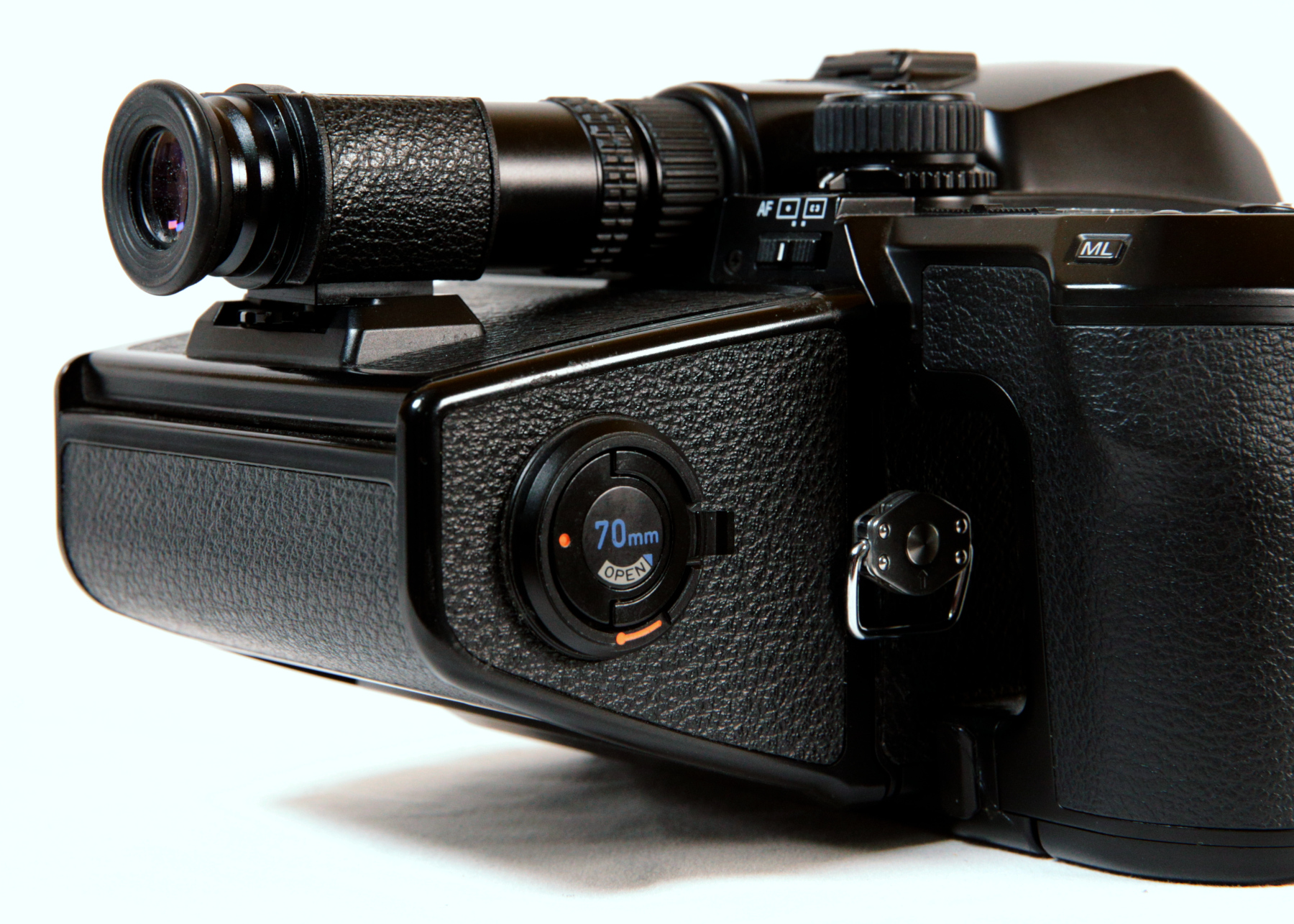
Pentax 645 70mm Insert
This is a slick back, and one of my favorites. It integrates beautifully with the 645N series cameras and operates seamlessly. Unlike all other 70mm backs, however, it is not all-perf modifiable. This is due to the small diameter of the roller that its sprocket wheel is driven by. Luckily it is still very much possible to convert this back to accept 65mm film. It is not a difficult modification, and once completed, you can shoot both 70mm Type 2 perf and 65mm film. Still, it's a shame that you can't shoot unperf film in this back.
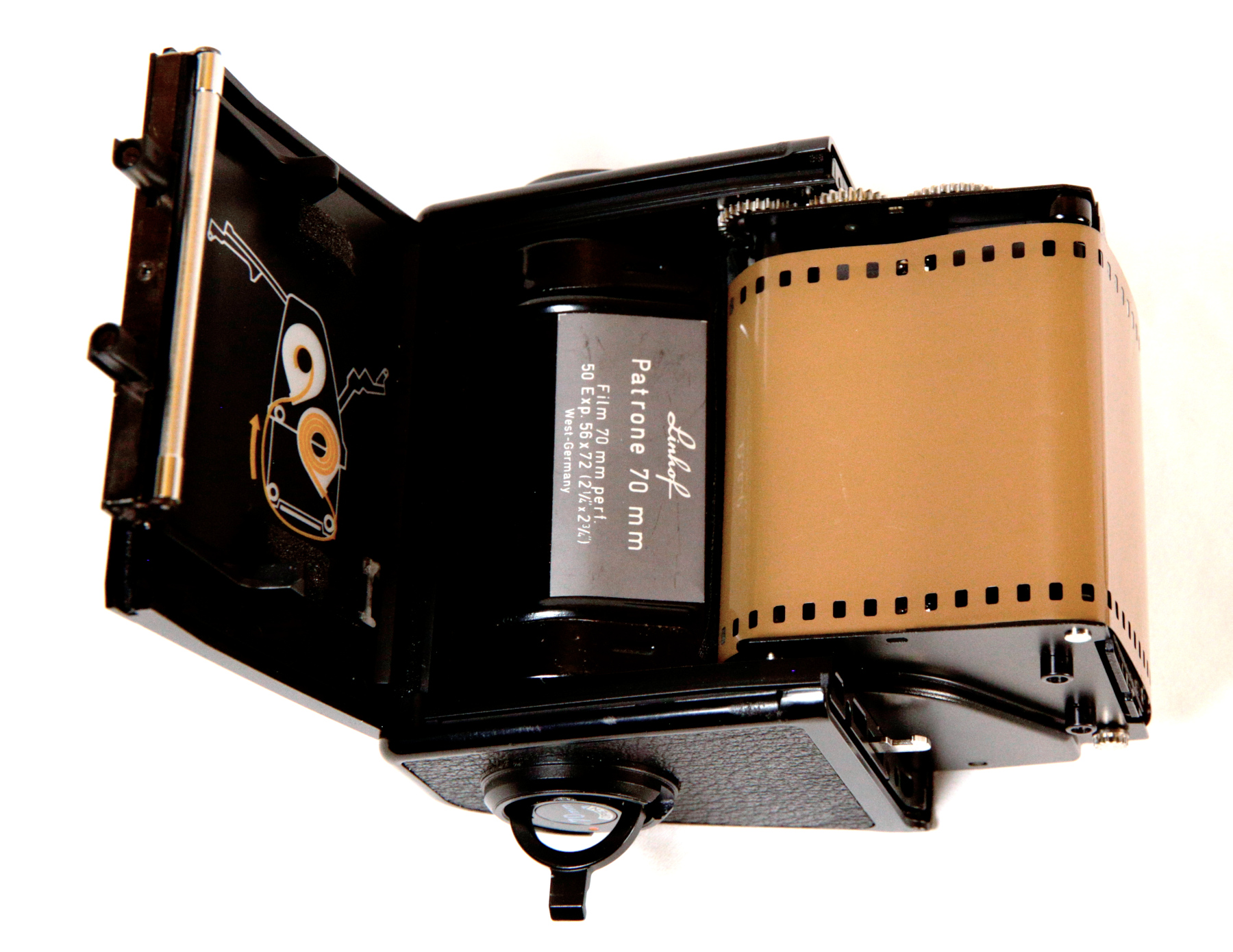
Pentax 645 70mm Insert interior
Rolleiflex 6000 Magazin 70
This is the most advanced, jaw-dropping 70mm back ever engineered. The folks at Rollei went all out in the 1980s to produce this marvel. Starting with a Mamiya RB67 70mm Holder, they re-engineered it for their top-of-the-line Rolleiflex 6000 platform. Instead of being gear-driven from the camera, this back is natively motorized and capable of advancing itself after every exposure.
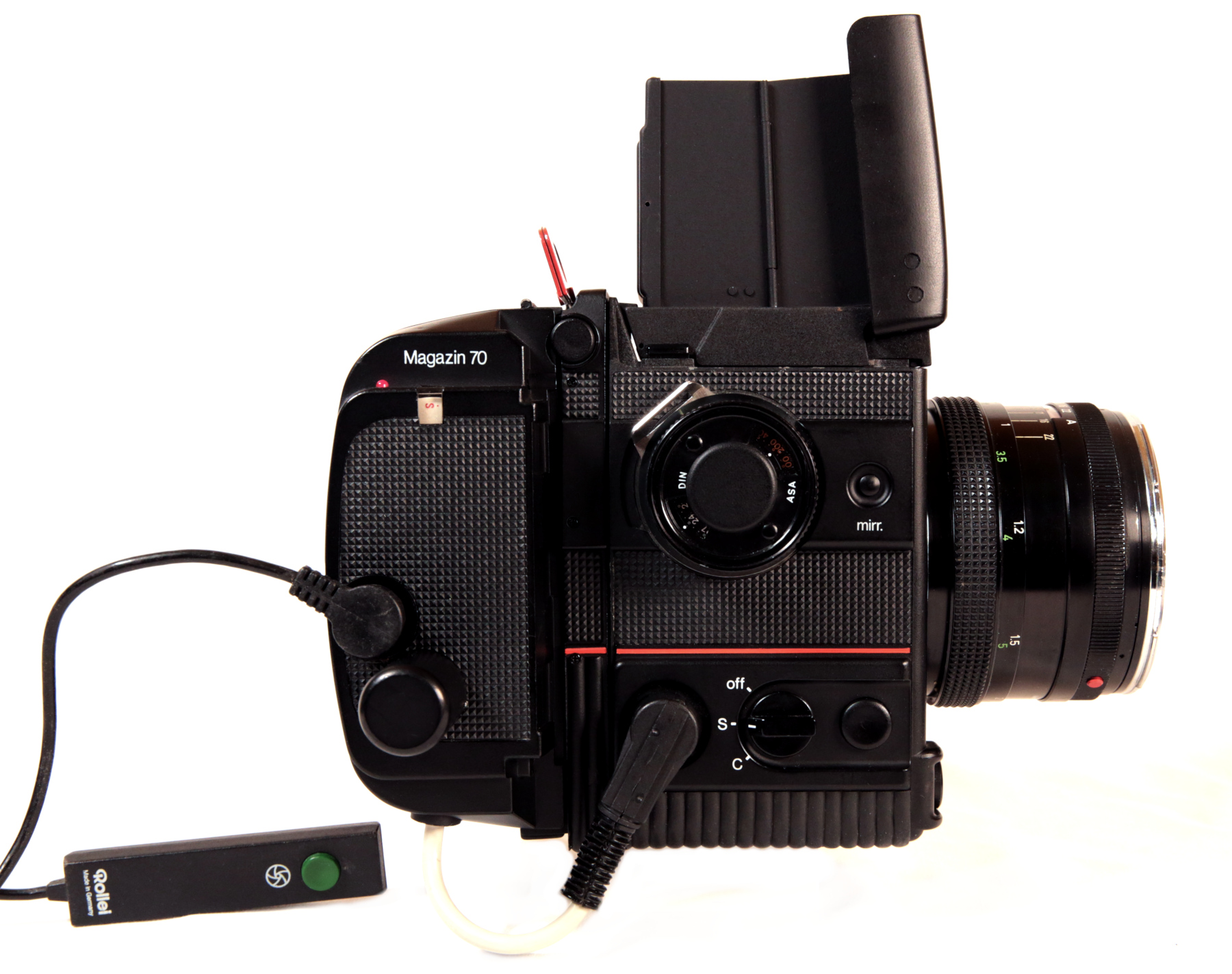
Rollei Magazin 70
It connects to the camera via Rollei's 14-pin SLX I/O interface, and features two-way communication with the camera. It detects when the film has run out or there is a film transport problem, and notifies the user via an on-board LED. The back itself includes a complete passthrough I/O port, so you can still plug in a remote or other accessory while the back is connected to the camera. There are two versions of this back: the standard one and one with an integrated data recorder that exposes the current f-stop and shutter speed on each frame. It can shoot about 2 frames per second, continuously.
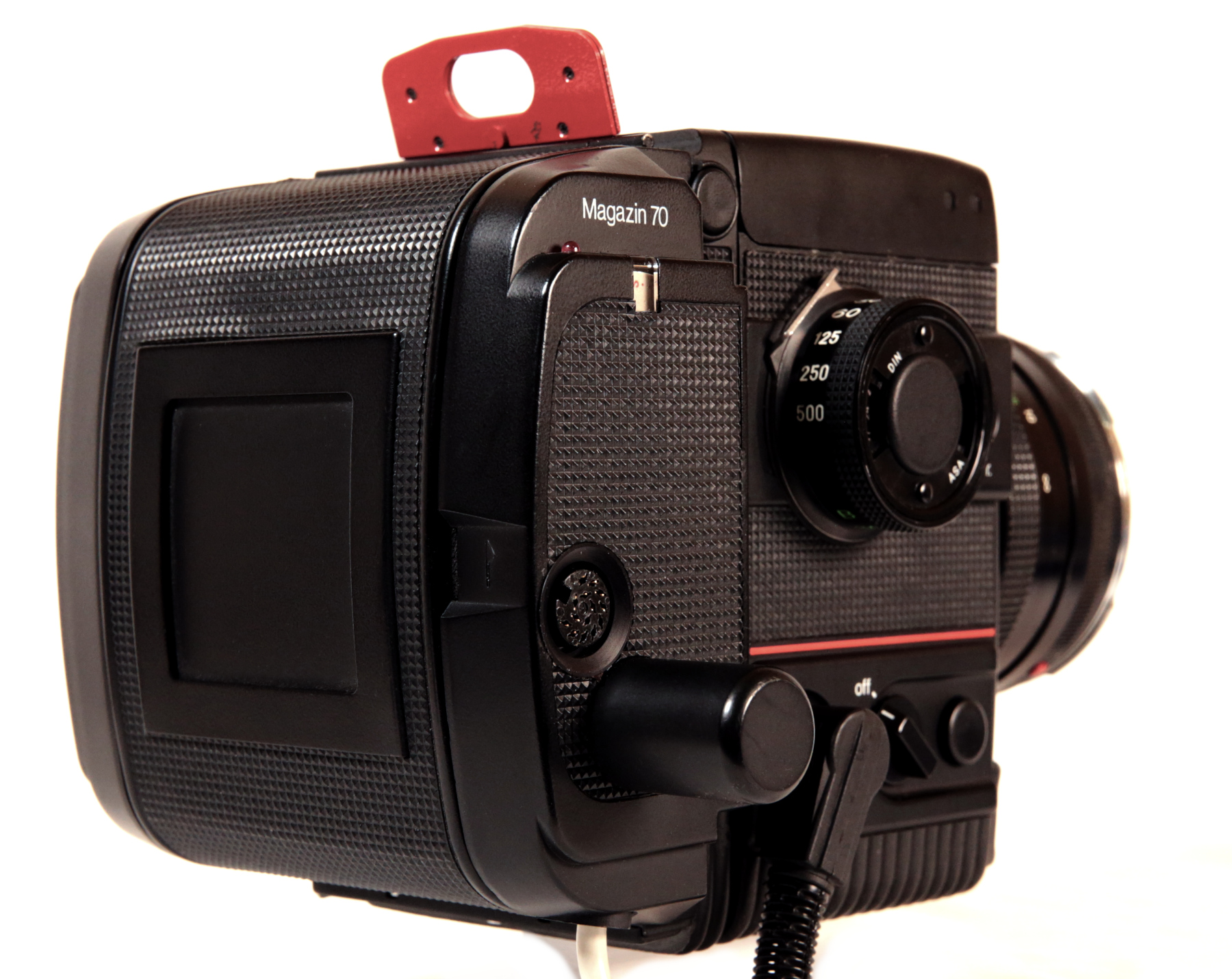
Rollei Magazin 70
This is pretty much the pinnacle of 70mm back technology, and was adopted by NASA for the Space Shuttle program in the early 2000s, succeeding NASA's use of Hasselblad 70mm cameras. It does, however, come at a steep price (then and now). The Magazin 70 can be modified to all-perf, and thereby take 65mm film, using the Mercury RB67 all-perf mod.
